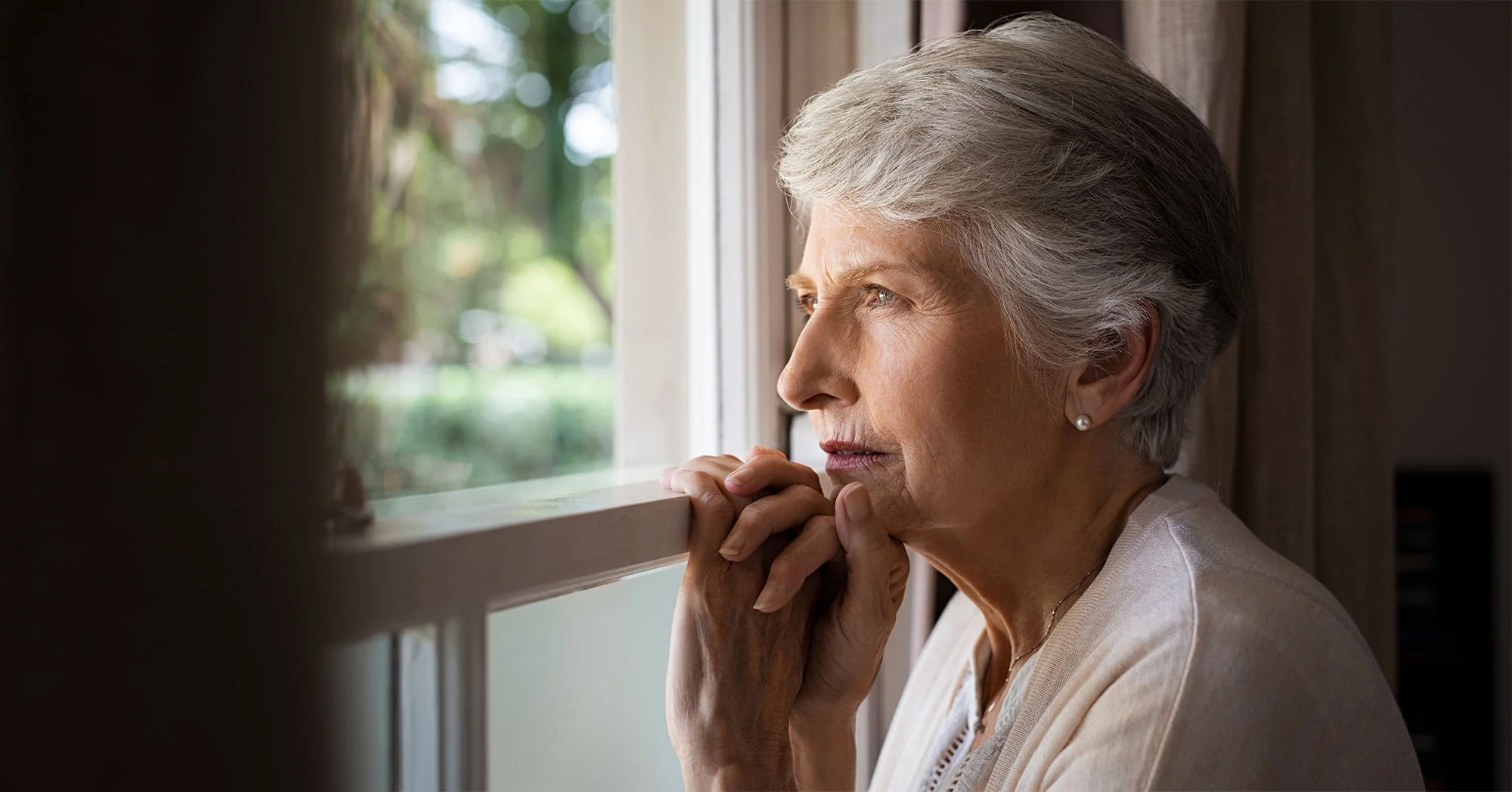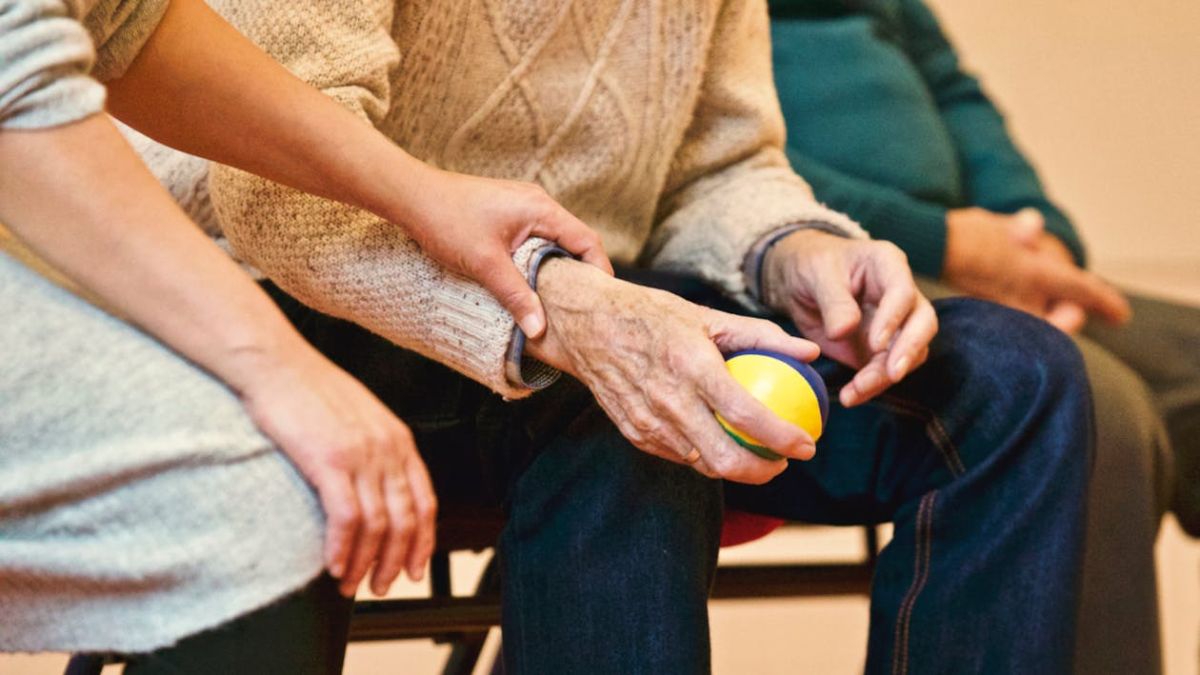You’ve heard it time and again: physical activity and exercise are good for you, and you should aim to make them part of your routine. There are countless studies that demonstrate the many health benefits associated with exercise, and it only becomes more important as we age. Regular physical activity and exercise for older adults (aged 65 and up) helps improve mental and physical health, both of which will help you maintain your independence as you age.
National Senior Health & Fitness Day is an annual health and wellness event for older adults. As an older adult, regular physical activity is one of the most important things you can do for your health. It can prevent or delay many of the health problems that seem to come with age. It also helps your muscles grow stronger so you can keep doing your day-to-day activities without becoming dependent on others. Today we’ll discuss all things fitness for seniors to encourage all to engage in the best form of physical activity they can!
Benefits of exercise for seniors
On average, adults aged 65 and older need at least 150 minutes a week (30 minutes a day, 5 days a week) of moderate-intensity activity such as brisk walking. Such activity has been demonstrated to strengthen bones, which can lead to fewer fractures and can also aid in balance. Among older adults, exercise has been shown to prevent chronic disease, lower the risk of falls, and strengthen social ties. By reducing the risk of falls, injuries, and mental challenges, exercise can help older adults live independently for longer.
Exercise is especially important for older adults’ overall health and well-being because it can help prevent some conditions that tend to affect them more often than younger people such as arthritis or osteoporosis.
- Improve mental health- exercise produces endorphins (the “feel good” hormones), which act as a stress reliever and leave you feeling happy and satisfied. Exercise is also linked to improved sleep which is important for older adults with insomnia and disrupted sleep patterns.
- Reduce blood pressure- regular exercise makes the heart stronger, making it easier to pump blood throughout your body. As a result, the force on the arteries decreases. This lowers blood pressure.
- Boost energy levels- exercise delivers oxygen and nutrients to the body’s tissues and helps the cardiovascular system work more efficiently. When heart and lung health improve, the body has more energy to tackle daily chores.
- Improve cognitive function- regular physical activity and fine-tuned motor skills benefit cognitive function, which helps lower the risk of death from all causes. Regardless of when the physical activity begins, improved cognitive function from exercise has been proved to lower the risk of dementia.
Without regular exercise, people over the age of 50 years can experience a range of health problems including:
- reduced muscle mass
- reduced coordination and balance
- reduced joint flexibility and mobility
Ways to keep fit as you get older
Most people tend to focus on one type of exercise or activity and think they’re doing enough. Research has shown that it’s important to get all four types of exercise: endurance, strength, balance, and flexibility. Each one has different benefits:
- Endurance activities, often referred to as aerobic, improve heart, lungs, and circulatory system health which keeps older adults healthy, improves their fitness, and helps them perform everyday tasks. Endurance exercises can also delay or prevent many diseases that are common in older adults such as diabetes, colon and breast cancers, heart disease, and others. Physical activities that build endurance include:
– Brisk walking or jogging
– Yard work (mowing, raking)
– Dancing
– Swimming
– Biking
– Climbing stairs or hills
– Playing tennis or basketball
- Strength exercises make everyday activities feel easier, like getting up from a chair, climbing stairs, and carrying groceries. Keeping the muscles strong can help with balance and prevent falls and fall-related injuries. Strength exercises should be done for all major muscle groups at least 2x days per week, but never the same muscle group on any 2 days in a row. Some examples include:
– Lifting light weights (2-6lbs)
– Carrying groceries
– Gripping a tennis ball to strengthen muscles in the extremities
– Upper body exercises (shoulder rolls, arm raises, seated side stretches)
– Doing calisthenics that rely on bodyweight exercises
- Balance exercises help prevent falls, a common problem in older adults that can have serious consequences. Many lower-body strength exercises also will improve your balance. Balance exercises include:
– Standing on one foot
– The heel-to-toe walk
– Balance walk (focus on a spot several feet ahead of you, with your chin and arms up, begin to walk)
– Standing from a seated position
- Flexibility exercises allow one to move more freely, by increasing flexibility through stretching. Moving more freely will make it easier for you to reach down to tie your shoes or look over your shoulder when you back your car out of the driveway. Flexibility exercises include:
– Back stretches: Child’s pose, seated spinal twists, knee-to chest-stretch
– Inner thigh stretches: leg swings, butterfly stretch, lateral squats
– Ankle stretches: ankle circles, calf stretches, achilles stretch
– Full-body stretches-: Try a combination of the exercises listed above to target the full body.
Doing one kind also can improve your ability to do the others, and variety helps reduce boredom and risk of injury. No matter your age, you can find activities that meet your fitness level and needs!
Safety tips
It’s very important for seniors to avoid high-impact exercises like running and jumping without first getting clearance from their medical provider. These activities can put too much stress on bones and tissue, which can become more fragile with age. If chronic conditions affect a senior’s ability to meet these recommendations, they should be as physically active as their abilities and conditions allow. Some tips to keep the physical activity low-impact include:
- Do a little light activity, such as easy walking, before and after your endurance activities to warm up and cool down.
- Be sure to drink liquids when doing any activity that makes you sweat. If your doctor has told you to limit your fluids, be sure to check before increasing the amount of fluid you drink while exercising.
- Don’t hold your breath during strength exercises and breathe regularly. Breathe out as you lift or push, and breathe in as you relax.
- Have a sturdy chair or a person nearby to hold on to if you feel unsteady.
- Stretch when your muscles are warmed up and after endurance or strength exercises.
- Be careful not to stretch so far that it hurts.
It’s equally as important to understand how to use exercise equipment safely. This can mean only using weights approved by one’s doctor and understanding how to use a treadmill safely. Things like knee pads, elbow pads, and helmets can ensure that older adults remain safer when they are exercising. The best way to find out what measures to take is by discussing with your doctor (which all older adults are advised to do anyway)before engaging in any new physical activity.
Conclusion
Everyone benefits from exercise, regardless of age, sex or physical ability. Keeping fit, eating healthy, and growing happy are possible at any age. It’s all about what you make of it. The body retains a remarkable ability to repair itself naturally if we respect its needs and limits.
Ultimately, getting started on exercise is not as hard as you may think. If you know what exercise is and what it means for your health, then you are already working towards being healthier. Contacting a doctor before starting an exercise regime is recommended to ensure that you are fit for the activity. Follow their advice and make sure that you find an activity that works for you and one that you enjoy.
National Senior Health and Fitness day is celebrated on the last Wednesday of May every year, this year on May 31, as a part of Older Americans Month. This Wednesday, your friends at True care encourage you and your loved ones to acknowledge the importance of exercise to prevent health issues, and get active, even if it’s just a brisk walk!





